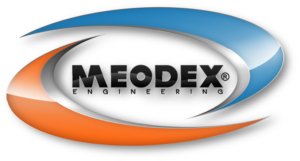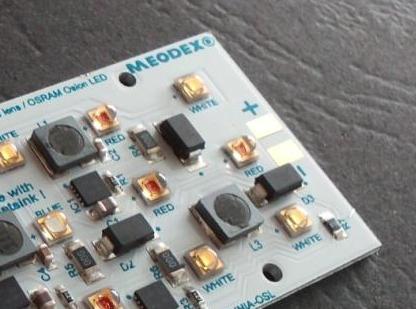LED driver on board or remote, the difficult choice
When designing an LED system, who has not been confronted with the questions: “How do I control the LED current? with an external power supply or directly on the board next to the LEDs?” ? The second consecutive question is: should I work in constant voltage or constant current?
Currently the cost of a voltage mode driver is the same as a driver in current mode. The motivation of choice is not economically linked to the price of the driver himself.
It is therefore to reflect based on a set project constraints, good technical and economic sense.
The choice of current or voltage control mode can be guided by the energy performance target. According to the LEDs wiring configuration (forward voltage notion Vs supply voltage), the LED current, the expected efficiency can vary widely. It is therefore essential to calibrate the number LEDs in the design and their wiring : series / parallel to position in a relevant electrical working range.
The question of the regulation on board or remote brings two new problems: linear regulator or switching regulator? Does my design need a dimming function?
– The issue of control type (linear or switching) should be primarily conducted (again) through energy efficiency. Economically speaking, the linear regulation is often cheaper but less efficient, so that we can lose any ecological benefit related to the use of LED technology.
– Should the system be dimmable? Different current variation modes exist: PWM, analog (0-10V eg.), DALI, DMX etc. The external drivers may have several configurable modes. However, in the on-board current regulation, it is sometimes more difficult to implement them (there are IC dedicated to it as well).
Finally, concerning the purely electrical part, the system input voltage will naturally lead some consultancies directly towards solutions. Indeed, an LED module implementation in AC line voltage can directly present a set of standard obligations, functional, economic, which can discourage working on a on-board driver topology. However, we may note the existence of such powerful Seoul Acrich® solutions.
The key parameter in this reflection will finally realize the volume available for the current regulation. Some non-compact systems leave room for external drivers already qualified. Other systems, other volume requirements, shapes, will require focus on the on-board regulation.




